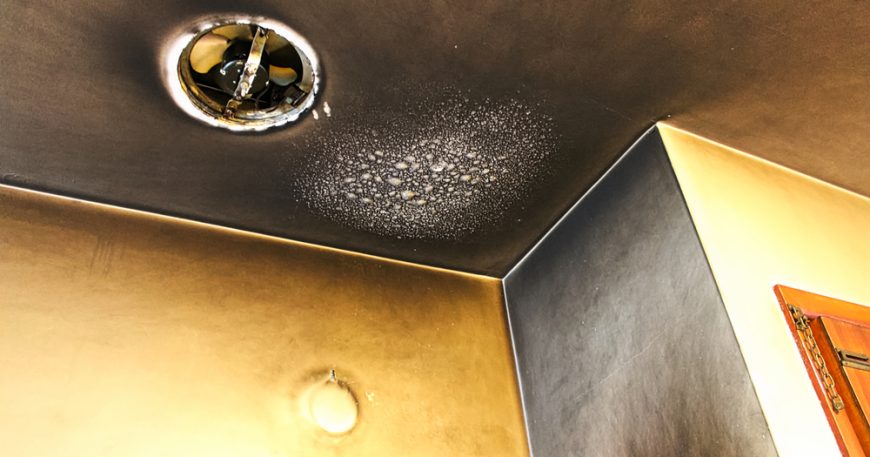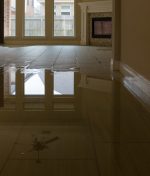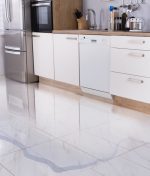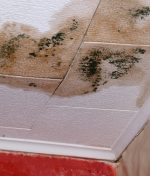What Are the Most Effective Methods for Restoring Smoke-Damaged Walls?

- June 18, 2025
- byadmin
- Flood Restoration
A fire, no matter how small, can leave behind more than just visible damage—it can fill your home with the lingering effects of smoke, soot, and odor. While the flames may be gone, the aftermath can feel just as overwhelming. One of the most noticeable and stubborn reminders of fire damage is smoke-damaged walls. Whether mildly stained or heavily coated in soot, these surfaces often require professional-level restoration to truly recover.
At RAMM Water Restoration, we understand that restoring your home after a fire is not just about repairs—it’s about healing your space and your peace of mind. Our compassionate, expert team in San Diego specializes in restoring homes with care, speed, and the highest standards. We’ll walk you through the most effective methods for restoring smoke-damaged walls and returning your property to a clean, healthy, and livable state.
1. Assess the Damage Thoroughly
Before jumping into cleaning or painting, it’s crucial to assess the extent of the smoke and soot damage. Not all smoke damage is immediately visible—walls may appear discolored, stained, or carry a faint odor, but smoke can also penetrate behind drywall or into insulation.
A thorough inspection helps determine whether the walls can be cleaned and restored or if they need to be replaced. This is also the time to evaluate safety concerns, especially if the fire involved synthetic materials or chemicals that may have left behind toxic residues.
2. Ventilate the Area First
Proper ventilation is essential before any restoration begins. Open windows and doors, and use fans to circulate fresh air. This helps remove lingering smoke particles and odor from the space and makes it safer for anyone performing the restoration work.
Using air purifiers with HEPA filters can also assist in capturing airborne particulates and improving indoor air quality during and after the restoration process.
3. Dry Cleaning Soot with a Chemical Sponge
One of the first and most effective steps is using a dry cleaning sponge, also known as a chemical sponge, to wipe soot from walls. These specially designed sponges are made of vulcanized rubber and can lift soot without smearing or spreading it.
It’s important to use the sponge in a single pass—never scrub back and forth—as this can grind soot deeper into the surface. Replace the sponge as it becomes saturated to maintain effectiveness.
4. Use a Mild Detergent or Specialized Cleaner
After dry cleaning, walls should be washed with a cleaning solution to remove any remaining residue. A common mixture is warm water, dish soap, and a small amount of vinegar or baking soda, which helps neutralize odor and clean the surface gently.
For more severe damage, a degreasing cleaner or a professional-grade smoke remover may be necessary. Always test the solution on a small, hidden part of the wall first to ensure it won’t cause discoloration or damage.
5. Rinse and Dry Thoroughly
Once the walls have been washed, rinse them with clean water to remove any soap or cleaner residue. Use a soft sponge and avoid over-saturating the wall. After rinsing, dry the surface completely with towels or fans. Leaving moisture behind can lead to mold growth, especially in humid areas like San Diego.
6. Seal with a Stain-Blocking Primer
Even after thorough cleaning, smoke stains and odors can remain embedded in porous surfaces. Before repainting, it’s important to apply a stain-blocking primer, preferably one designed to seal in smoke damage. These primers not only cover stains but also lock in any remaining odor.
Choose a high-quality, oil-based or shellac-based primer for best results, especially on drywall or plaster.
7. Repaint with Fresh Interior Paint
Once the primer has dried completely, apply a fresh coat of paint to restore your wall’s appearance. This final step not only improves aesthetics but also provides a renewed sense of normalcy and comfort to your living space.
It’s often best to repaint the entire wall or room rather than just the affected area to ensure an even finish and color match.
8. Use Odor Neutralizers and Air Treatments
While surface restoration is key, don’t forget about the air itself. Smoke odor can linger long after cleaning. Use odor-neutralizing products like activated charcoal, ozone treatments, or thermal fogging to remove persistent smells from the air and materials within the space.
These methods penetrate fabrics, insulation, and ventilation systems to ensure your home smells fresh and feels like home again.
9. Know When to Call the Professionals
Some smoke damage goes beyond what DIY efforts can handle. If your home has widespread staining, strong odors, or structural damage, it’s time to bring in professionals.
At RAMM Water Restoration, we offer specialized fire and smoke damage restoration services in San Diego. Our compassionate team is trained to handle even the most severe cases with care, respect, and precision.
How we can help
At RAMM Water Restoration, we believe that recovery after a fire is more than a clean-up job—it’s a healing process. We know how emotionally taxing fire damage can be, which is why we treat every client with the same care we’d give our own family.
Our experienced San Diego team uses proven techniques and advanced equipment to restore smoke-damaged walls and eliminate odor at the source. From detailed assessments to spotless finishes, we handle every step with professionalism and empathy.
If your walls have suffered smoke damage, don’t wait. Let RAMM Water Restoration help you restore your space—and your peace of mind—with compassion and expertise. Call us today for a consultation and let us guide you back to comfort.









